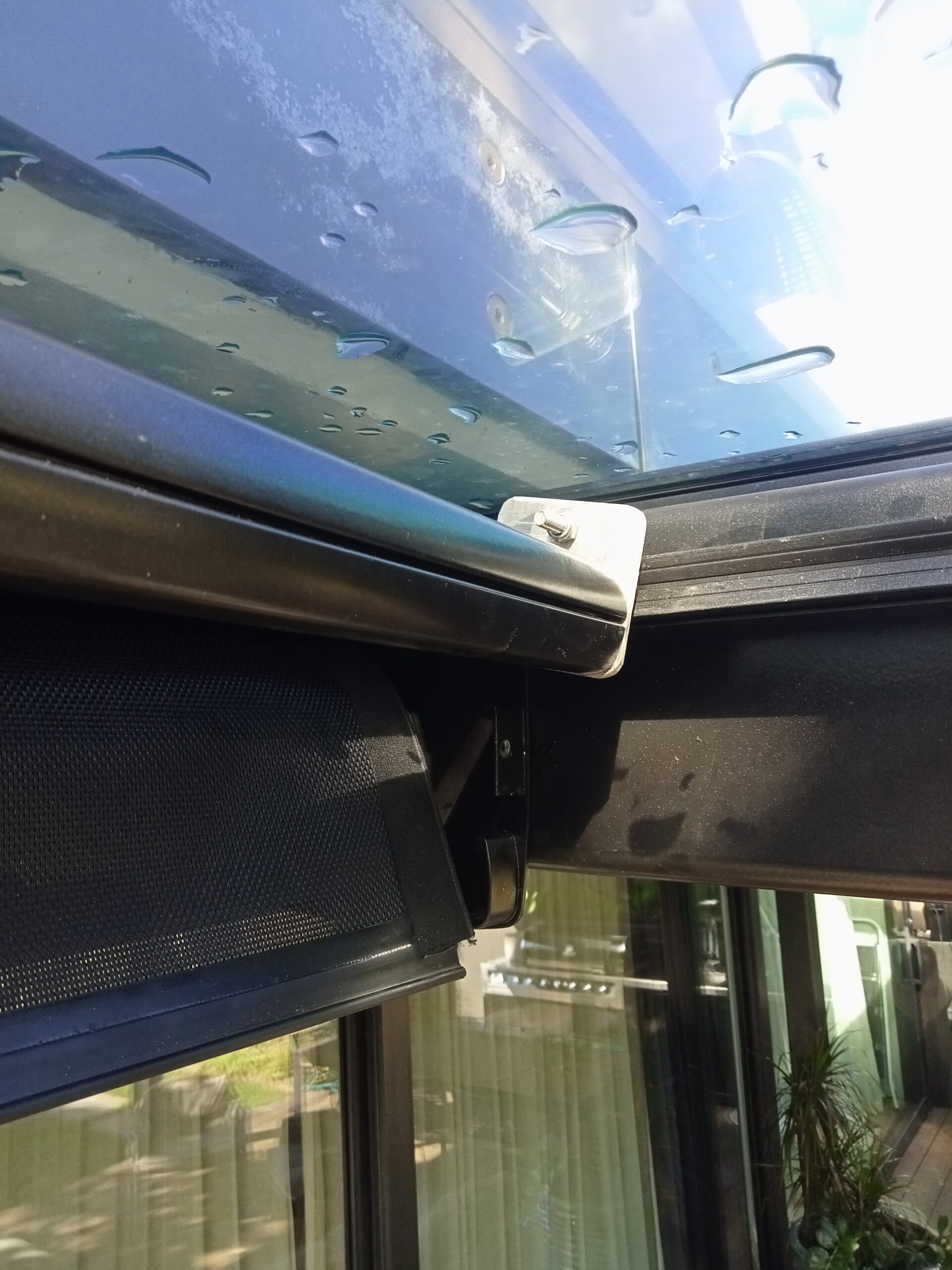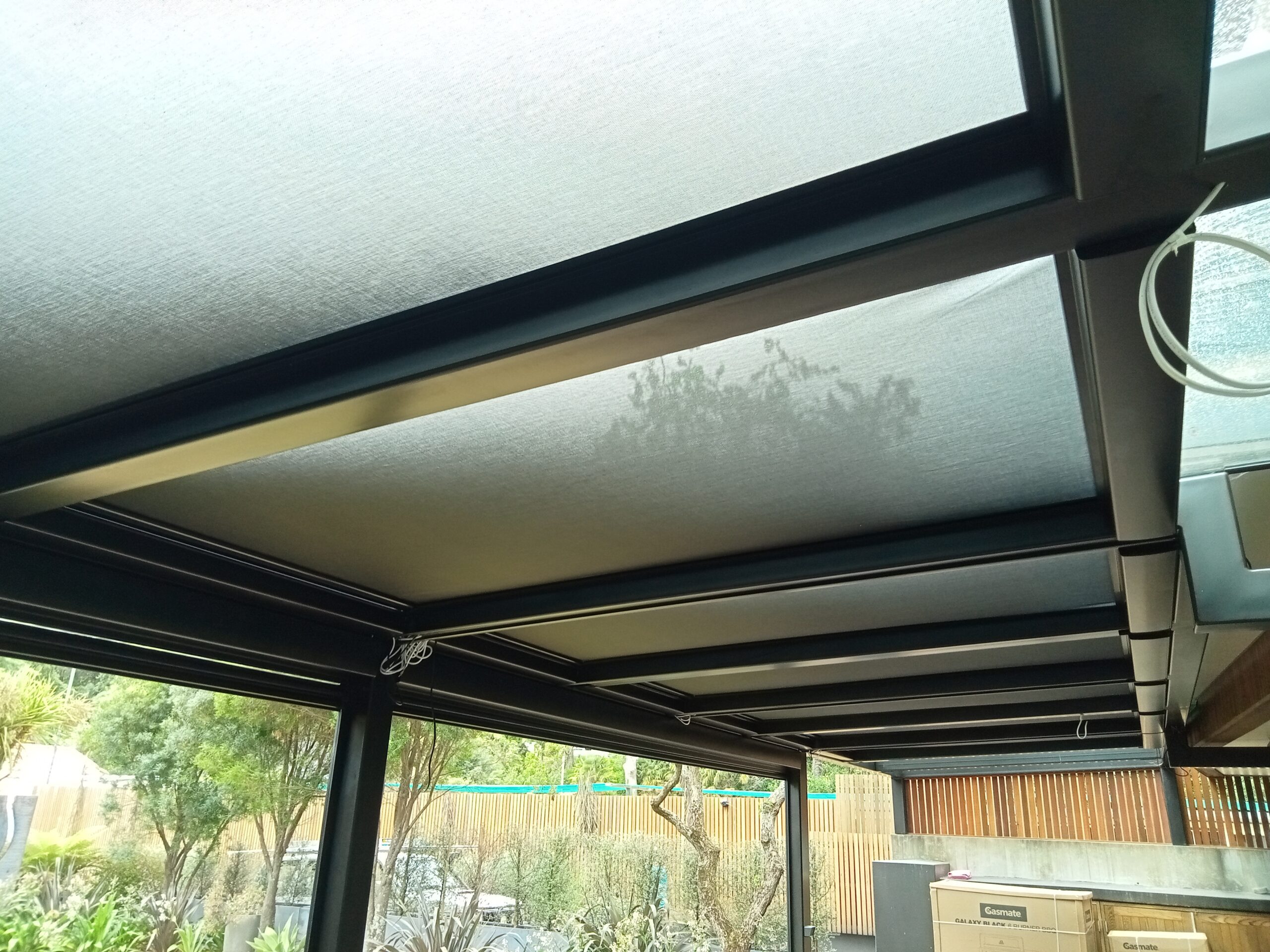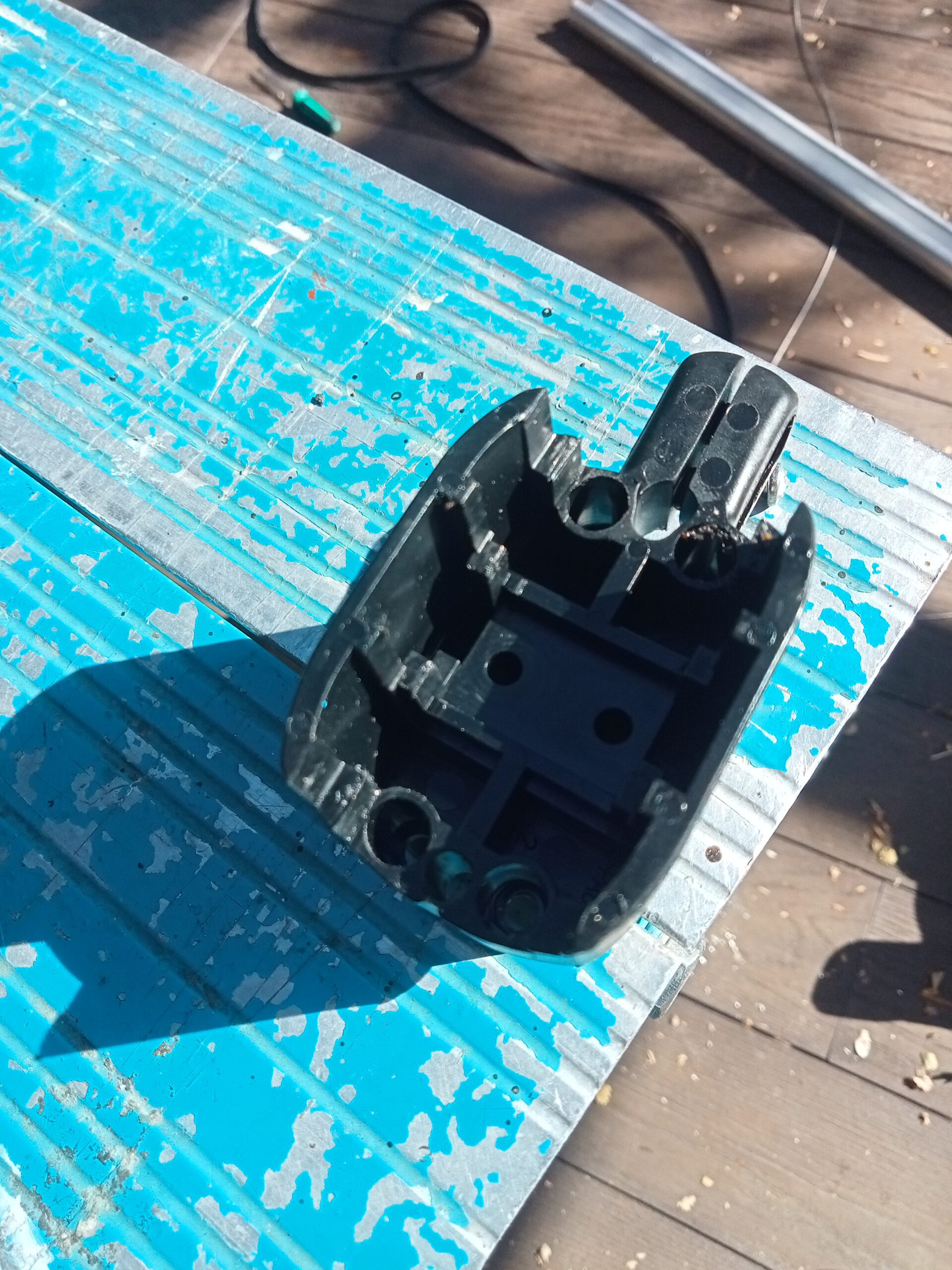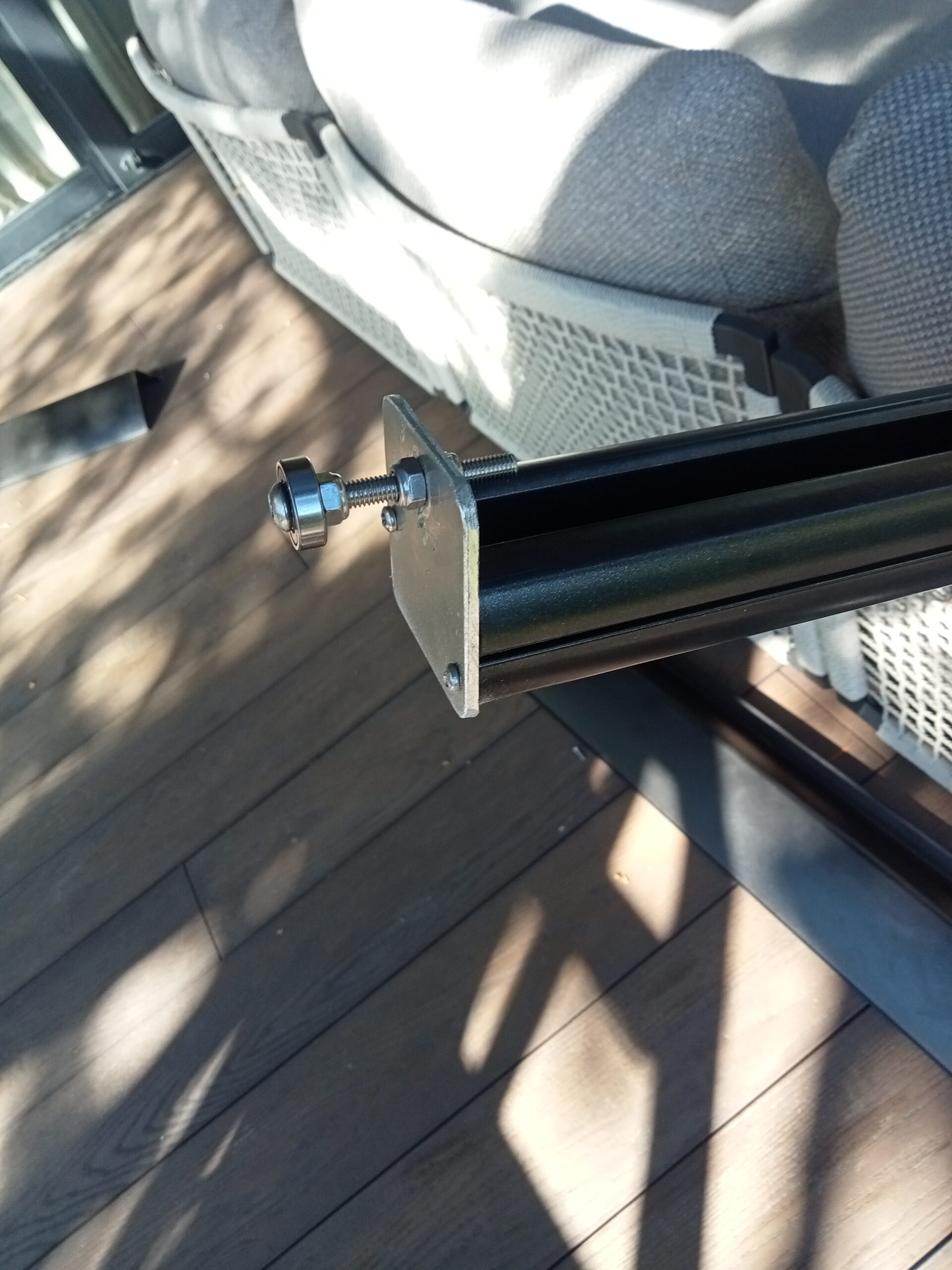Tasman Canvas
Project name: Daring to Break the Rules
Material used: Shadeview, Ziptrak®
Materials Supplied by: QCD Ltd
Project name: Daring to Break the Rules
Material used: Shadeview, Ziptrak®
Materials Supplied by: QCD Ltd
What did the client request?
Our client, dealing with heat buildup under a new glass roof, asked if we could create a motorized horizontal screen system—similar to the Ziptrak® blinds we’d previously installed vertically. The spans were small (1.2–1.5m wide, 3m long), but no supplier offered a warranted solution for horizontal use.
With the client’s support, we explored options at the 2024 Christchurch trade conference but found nothing motorized. So, we built a prototype in our workshop. After trialing dual motors and encountering control issues, we opted for a single motor and spring return system. Standard Ziptrak® components were adapted, with custom spools and spline tape to pull the screen across.
Initial trials worked well, and we got approval to proceed. Installation in peak summer under the glass roof was challenging—surfaces were too hot to touch. Once all screens were in, we began programming, but encountered shuddering and jamming on retraction.
Back on site in January, 4 of 7 screens were misaligned or stuck. Issues included friction (from spline tape and plastic end caps) and uneven stretch in the tapes. We replaced the tapes with 3mm Spectra braid, swapped the caps for micro roller bearings, and fine-tuned the alignment.
The result: smooth, synchronized operation across all seven screens. Will this be the end of it? Unlikely—but with a supportive client and lessons learned, we’re glad we took on the challenge. Would we do it again? Yes—on a similar scale. Is there a better method? Probably. But it was a bold and rewarding first attempt.


What makes the project unique?
As stated, our client of many years had recently had us install vertical motorised Ziptrak screens in the outdoor area at their town house. The area is glassed in and they were suffering too much heat build up. They asked us to provide a horizontal option.
We entered these screens into the awards because of the novel use of an existing system and the subsequent problem solving exercises that we went through to make the system work.
This project is unique in that when we made enquiries for a solution in the industry, found that none was available, therefore with our clients full support we used a trial and error development process to overcome the technical problems and deliver a functional solution.

